Games such as INSIDE won players over not for their graphical magnitude, but for their eerie atmosphere, silent narrative, and sensory experiences that shake our imaginations. If you, like me, was glued to your seat while playing INSIDE, reflecting on every dark moment and every puzzle, there are other games with the same style, as immersive as they are reflective, that will make you hold your breath on that last-second jump at the end of a chase.
We've put together a list of 10 games that share the same DNA of strange worlds, stories told with or without words, and sensations that stay with you long after the final credits roll.
Games like INSIDE that you need to know!

Little Nightmares 1 and 2 (2017 / 2021)
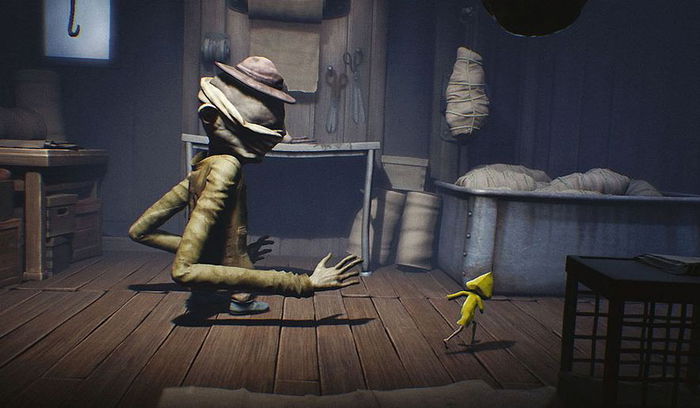
Playing Little Nightmares is just like revisiting childhood nightmares, the ones that appear without explanation and leave us with a strange feeling even after waking up. From the first moment we control Six, the little girl in the yellow coat, we realize we're trapped in a world that doesn't care about us. Everything is disproportionate, grotesque, and threatening. We feel tiny and vulnerable, as if anything could crush us... and it actually can.
The game's visuals are fantastic and disturbing. The art direction is a spectacle, with deformed creatures and settings that look straight out of a macabre fairy tale. There’s no tutorials, dialogue, or explanations. The narrative is suggested, left to interpretation based on the environments, the characters' attitude, and what’s not said. This makes us feel like we're part of something dark, yet very intriguing.
The constant tension is remarkable. Each new room is a test of courage. We never know if there’ll be an enemy lurking, a deadly trap, or a puzzle to solve quickly under pressure. And when the monsters appear, we're overcome by a kind of panic. I still remember the first time I was chased by the janitor; that sound of dragging arms still echoes in my head.
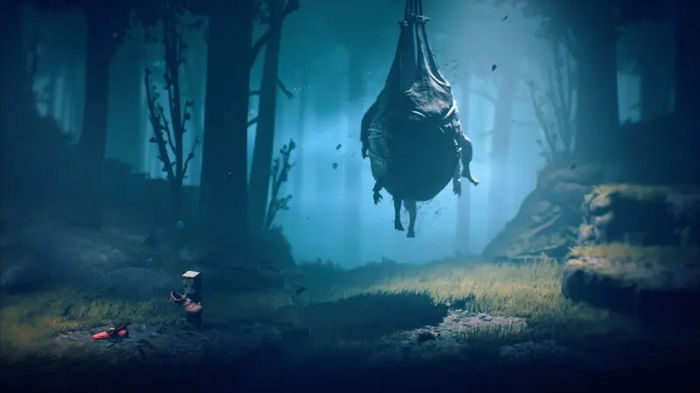
In Little Nightmares 2, we return to that twisted universe, but this time with a new protagonist, Mono. The first thing we notice is the leap in graphical and visual quality: everything seems more vivid, more detailed, and, at the same time, more oppressive. Now, with a second character, there's a new layer of complexity. We're not alone anymore.
The connection between Mono and Six is silent, but strong. At several points, we fear that something will separate the pair. And the game is unforgiving: the world’s grotesque violence, surreal enemies such as the hunter, the professor with an elastic neck, the hospital with cursed mannequins… everything’s designed to destabilize us. The atmosphere is suffocating, with distorted sounds and a soundtrack that seems to scream softly inside my head.
Little Nightmares 1 and 2 make us feel real fear, reflect, and, above all, remember why we love games that dare to tell stories in different ways.
Planet of Lana (2023)
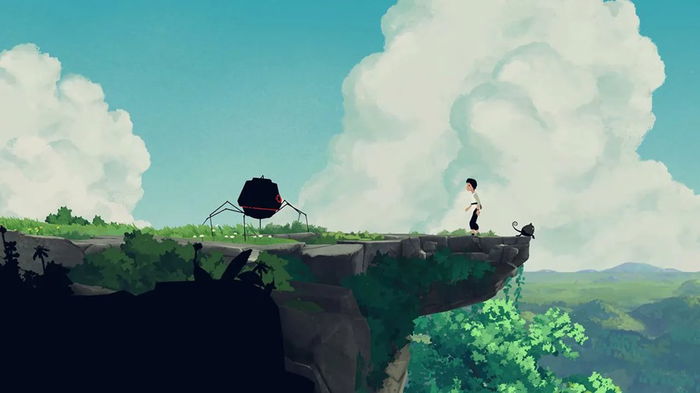
Planet of Lana is one of those games that makes you stop repeatedly just to admire the scenery. Right away, the visuals reminded me of animated paintings, each landscape looking like it came straight out of a painting. We control Lana, a young woman who sets out on an adventure to rescue her sister after robots invade their village.
But the game is much more than that. It's about connection. About the bond between Lana and Mui, her feline companion. The gameplay is based on exploration, stealth, and environmental puzzles, but the highlight is the cooperation between the two characters. You'll find yourself smiling at the interactions between the two. The game is tense when you have to separate them for a moment. Mui isn't just a gameplay feature; it’s a living, breathing character with a personality.
The contrast between nature and technology is a strong and constant theme. There are moments when silence speaks louder than any dialogue. Planet of Lana is lighter than other INSIDE-style games, but no less impactful. It's a poetic experience that blends tension, tenderness, and contemplation of the art of video games in an impeccable way.
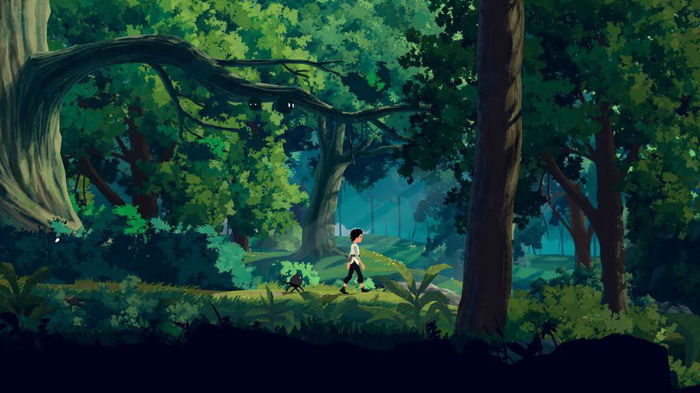
Bramble: The Mountain King (2023)
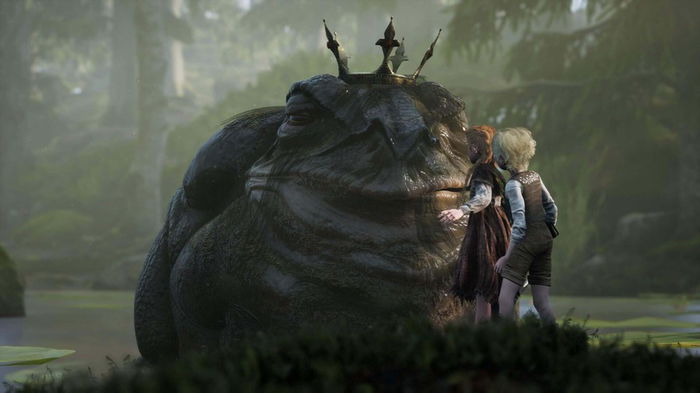
Bramble is one of those games that takes us by surprise. It starts with an almost enchanting atmosphere, but soon shrouds you in folkloric horror. Controlling Olle, a boy searching for his kidnapped sister, we experience a journey that reminds us of a cross between a fairy tale and a deep nightmare. It's beautiful… and horrifying at the same time.
Every creature is inspired by Norse legends. The feeling is that of exploring an enchanted forest where every corner might hide something lethal. The game brilliantly plays with scale; since Olle is small, everything around him looks gigantic, from the environments to the monsters. The most incredible thing is how Bramble balances all of this with moments of melancholy and tenderness. The relationship between the characters is the emotional thread that ties everything.
You'll get out of this experience with a heavy heart, but also with that rare feeling of having lived a fable you'll never forget. Bramble is unique, beautiful, and cruel, exactly like the tales that inspired its creation.

Black The Fall (2017)
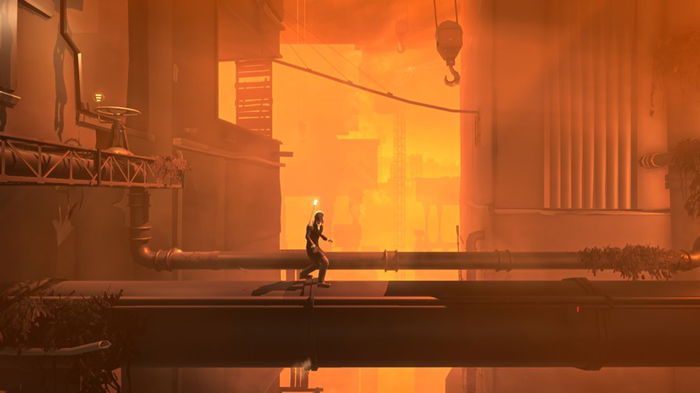
Black The Fall takes us to a place that, although fictional, feels scarily real. From the first minutes, we realize we're trapped in a suffocating dystopia, colorless, lifeless, where even breathing seems dangerous. We control a nameless worker, old and bent over by the weight of oppression. Without dialogue or explanations, we must escape that concrete hell, where machines and men blindly obey a tyrannical regime.
The game isn't exactly beautiful, but it's visually powerful. The use of black, gray, and red conveys all the coldness and brutality of that world. Each setting is a silent denouncement: automated factories, vigilant soldiers, enslaved citizens. Oppression is in every detail, and we can feel it.
Black The Fall is a critique wrapped in a minimalist and harrowing experience. It's not made to entertain in the classic sense, but to provoke, disturb, and make us think.
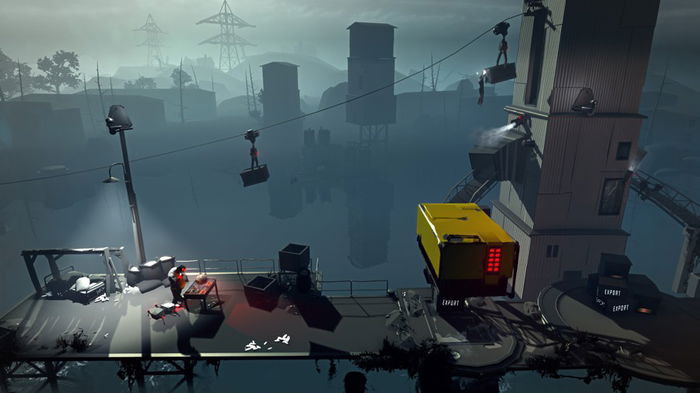
Silt (2022)

Playing Silt is like slowly sinking into an ocean of mystery, dark beauty, and complete isolation. Here, we explore the bottom of the sea and lose ourselves in it. The protagonist is a solitary diver, with the power to possess sea creatures to solve puzzles and advance through increasingly bizarre and strangely hypnotizing environments.
The game is monochromatic, but in an artistic way. Everything looks hand-drawn, with deep shadows, twisted creatures, and an environment that pulses with life and death. The main gameplay feature is the ability to transfer our consciousness to other creatures. Being a fish that passes through cracks, an electric eel that activates mechanisms, or even a crab that breaks rocks entirely changes our relationship with the environment.
There’s no dialogue, no text. The story is told through the remains of the world, sunken machines, forgotten temples, and dead colossuses. And yet, we sense there are messages there, perhaps about human insignificance or maybe simply about contemplating the adversities that surround us. It's the type of game that invites you to piece together the narrative puzzle yourself.
Silt is a sensory, non-linear, and highly interpretative journey. A rare gem for those who enjoy games that speak more with silence than with words.
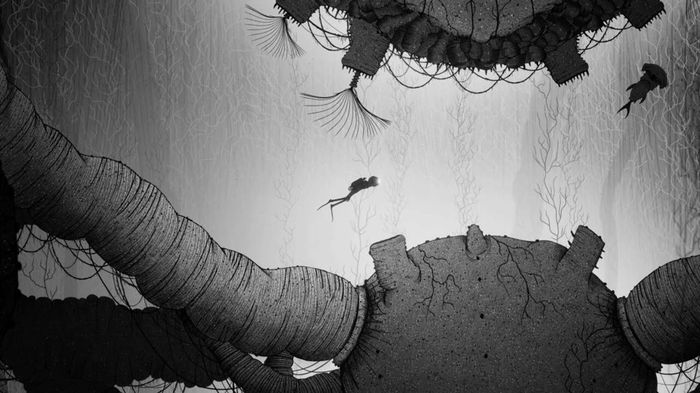
Creaks (2020)
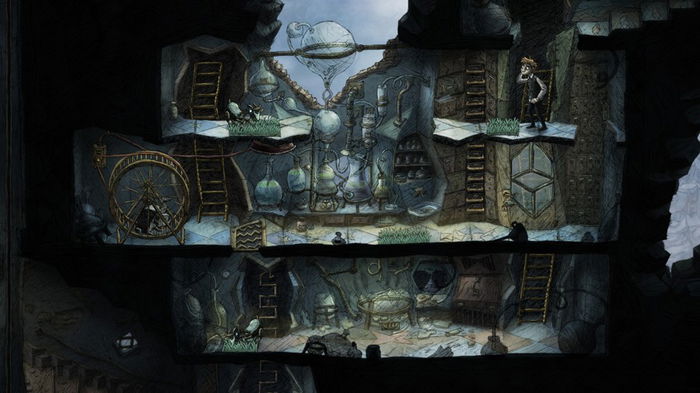
Creaks is a game with one of the most unexpected experiences anyone can have. It all begins with a simple premise: your character, an anonymous figure, notices a crack in his bedroom wall and decides to investigate. And then, everything changes. He falls literally and metaphorically into a fantastic, bizarre, and absolutely enchanting underground world.
Visually, Creaks is magnificent. It looks like something hand-drawn with a picture book aesthetic. Each setting is a tangle of gears, secret passages, vertical labyrinths, and strange creatures called "Ammonites." The detail that most draws our attention is how the monsters that frighten us in the darkness reveal themselves to be harmless objects in the light. A robotic dog chasing me turns into a coat rack when I turn on the lamp. This mechanic plays with our fear and perception brilliantly.
The game has many puzzles, which are the heart of the adventure. Nothing’s too complicated, but they’re all creatively designed, requiring the player to understand the creatures' behavior and use lighting to their advantage. And all this without a single line of dialogue. The visual narrative, while clear, leaves many uncertainties.
Creaks is a quiet, intelligent, and deeply artistic adventure. It's not a game about running or surviving, but about observing, learning, and deciphering. And, above all, about what happens when we have the courage to follow the cracks in life's routine.
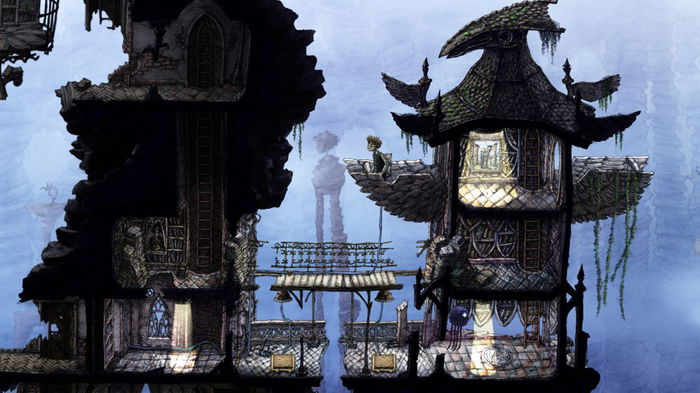
Somerville (2022)
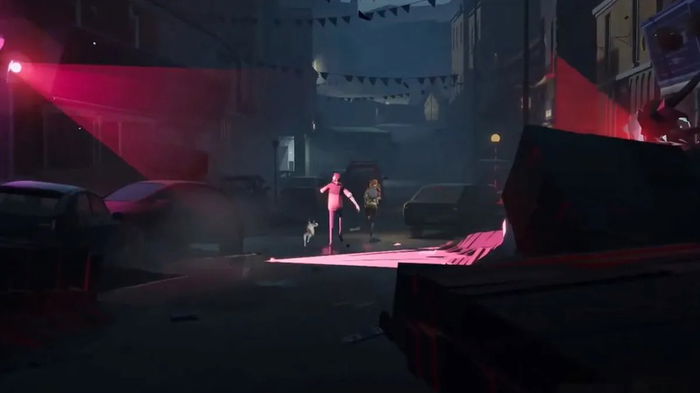
Somerville impacts us slowly but deeply. The story begins with an ordinary family watching TV. Suddenly, an alien invasion turns everything into chaos. We control a father, separated from his wife and child after the initial impact, and, from there, we begin a journey through ruins, forests, and alien installations searching for what matters most: family.
The game almost doesn't have words. Everything’s told through gestures, expressions, and environments. The visuals are beautiful, with dramatic lighting and colors that accentuate each scene’s emotion. There are beautiful moments of contemplation and others of absolute tension.
The gameplay is very reminiscent of INSIDE, but here the pace is more contemplative. There aren't many complex puzzles, but rather environmental interactions that test curiosity and attention. The use of light as a tool is interesting, especially when we need to manipulate alien matter to clear a path.
Somerville is about human connection amidst the incomprehensible. It's about keeping going even when all seems lost. It may not please everyone, especially those looking for action or direct answers, but if you enjoy visual narratives with emotional weight, you'll find an incredible experience here.
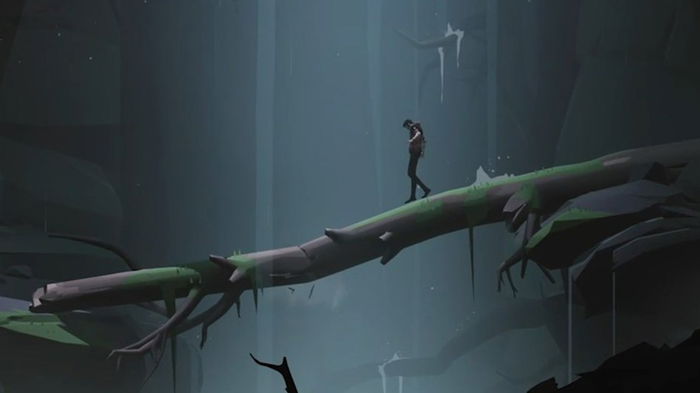
Planet Alpha (2018)
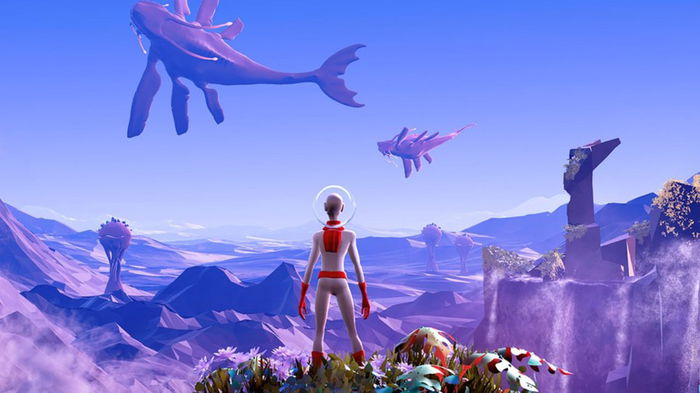
From the first minutes of Planet Alpha, when we wake up wounded on a stunning alien planet, we quickly understand that this game is about observation and wonder, but also about our lives.
Everything in this world is alive. Fluorescent forests, colossal creatures, technological ruins. At many points, I stopped just to stare at the horizon, admire the fauna, and notice how each area seemed to pulse with its own energy. The art direction is incredible. I felt like I was exploring an interactive work of art.
The gameplay is simple: running, climbing, hiding, activating mechanisms, and manipulating the day and night cycle, one of the game's most creative aspects. Altering the time affects the environment, opening paths and influencing creatures’ behavior. It's a sensitive and very well-implemented mechanic; think calmly and use the environment to your advantage.
The game fluidly blends calm moments with intense chases. Soon after, you'll find yourself standing still, contemplating the alien sunset, and the next moment, chased by killer drones. There's an implicit narrative about invasion and resistance, but the game leaves it in the background; the focus is on the experience, the feeling.
Planet Alpha plays with our sense of wonder. It doesn't offer complicated challenges or elaborate stories; it's an invitation to explore a strange and beautiful world. And sometimes, that's all we need.

Gris (2018)
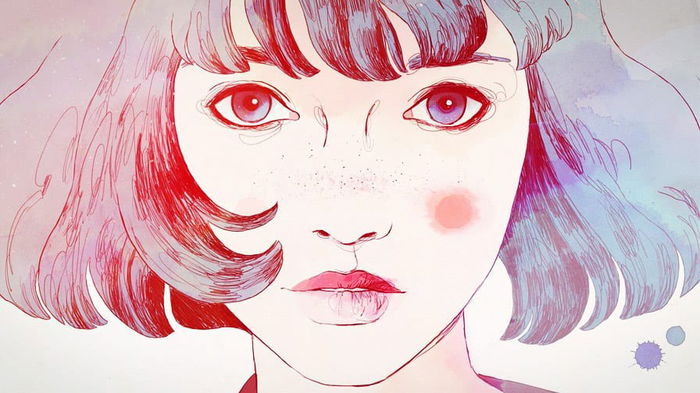
Gris isn't a game. It's a moving painting. From the moment we take control of a young woman who’s fallen into a faded, voiceless world, we realize little by little that we're facing something special. There's no combat, and no death. The objective here is emotional. Gris is about grief and rebuilding.
The art direction is incredible. Each scenario feels like a living watercolor. The colors, initially absent, gradually return as we progress, representing rediscovered emotions. It's symbolic, poetic, and deeply moving. The soundtrack is one of its highlights: soft, moving, and always in sync with the actions. The music seems to understand what we're feeling.
The puzzles are simple but creative. We gain new abilities as Gris recovers her emotions: double jump, float, swim. Each mechanic is linked to a feeling, to a stage in the healing process. And each environment brings a new tone of beauty and reflection. It's a visual diary, interpreting metaphors about loss, acceptance, and resilience.
Gris is an intimate, artistic, and unforgettable experience. One of the most moving games I've ever played. If you want to feel something genuine through video games, this is the way to go.
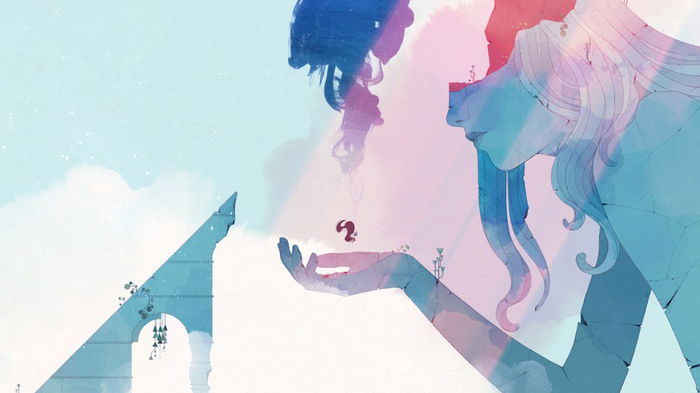
Limbo (2010)
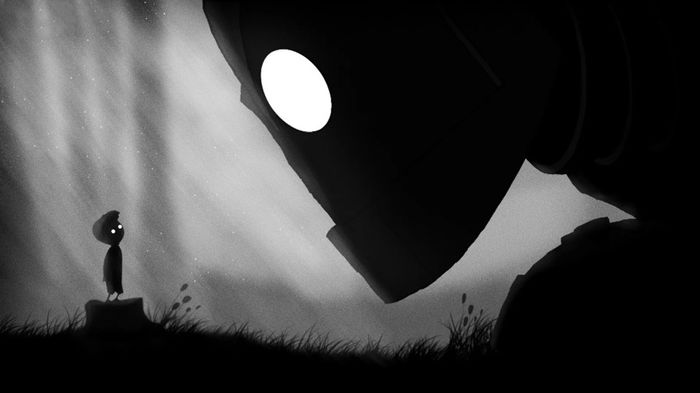
Limbo was revolutionary when it was released. It's the spiritual father of INSIDE and every game that came after that seeks to tell stories with more silence than words.
It was the first game that made me realize how loud silence can speak. Black and white, no HUD, no music, no context, just me and an anonymous boy walking through a dangerous forest. It's impossible to forget the feeling of loneliness and constant fear.
The aesthetic is minimalist, the shadows hide traps, enemies, and sometimes, nothing... enough to make us pensative. We walk calmly, waiting for a hidden trap. Each mistake costs us our lives, often brutally. The puzzles’ physics are simple, but they require precision running and jumping. And with each obstacle overcome, the environment changes. Forests give way to factories, which give way to dead cities. And all of this without telling us where we are or what we're looking for.
This lack of context is what draws us most to the game. It plays with our minds. Have I escaped? Was it all a dream? A metaphor for death? We'll never know, and that's okay, that's the beauty of Limbo. An absolute classic.
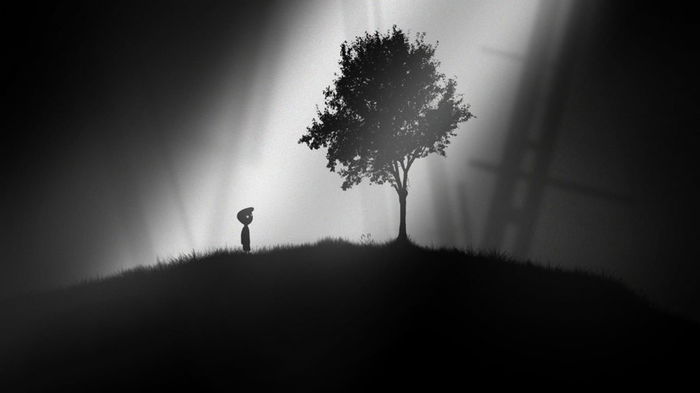
Conclusion
If INSIDE marked you with its implicit narrative, dark aesthetic, and unsettling atmosphere, all of these games promise to offer similar experiences, each with its own unique identity. Be it through the quiet horror of Little Nightmares, the metaphorical beauty of Gris, or the intimate sci-fi of Somerville, these games prove that games can be powerful forms of artistic expression.
There are many games with sensory, atmospheric, and emotional experiences waiting to be discovered. Games that speak through environment, art, and absence. They challenge us, move us, and make us reflect. In a world of explosions and quick rewards, these games prove that less can be much, much more.









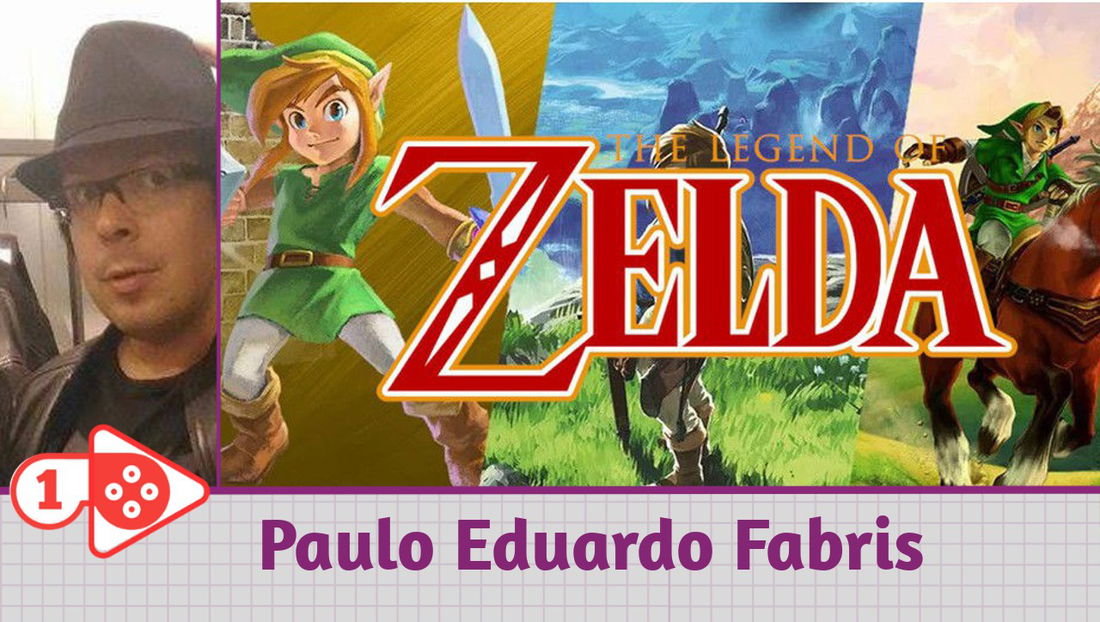



— Comments 0
, Reactions 1
Be the first to comment